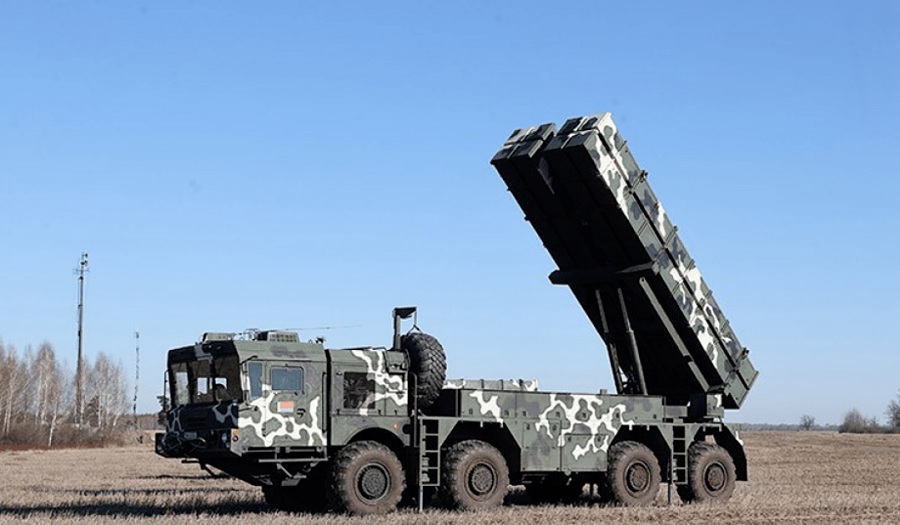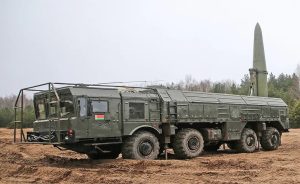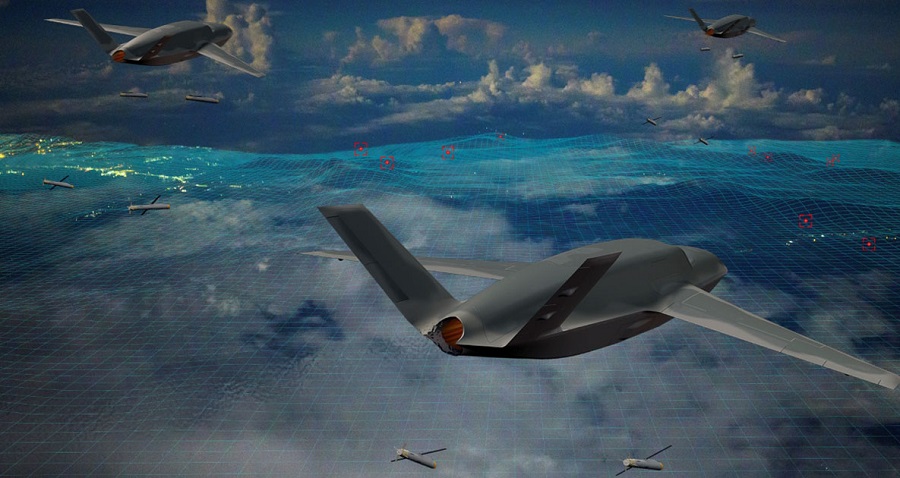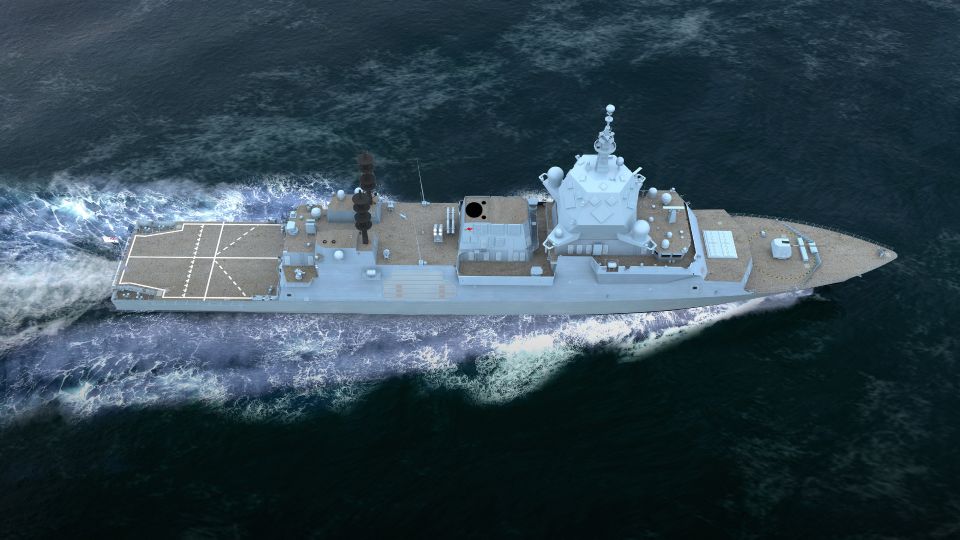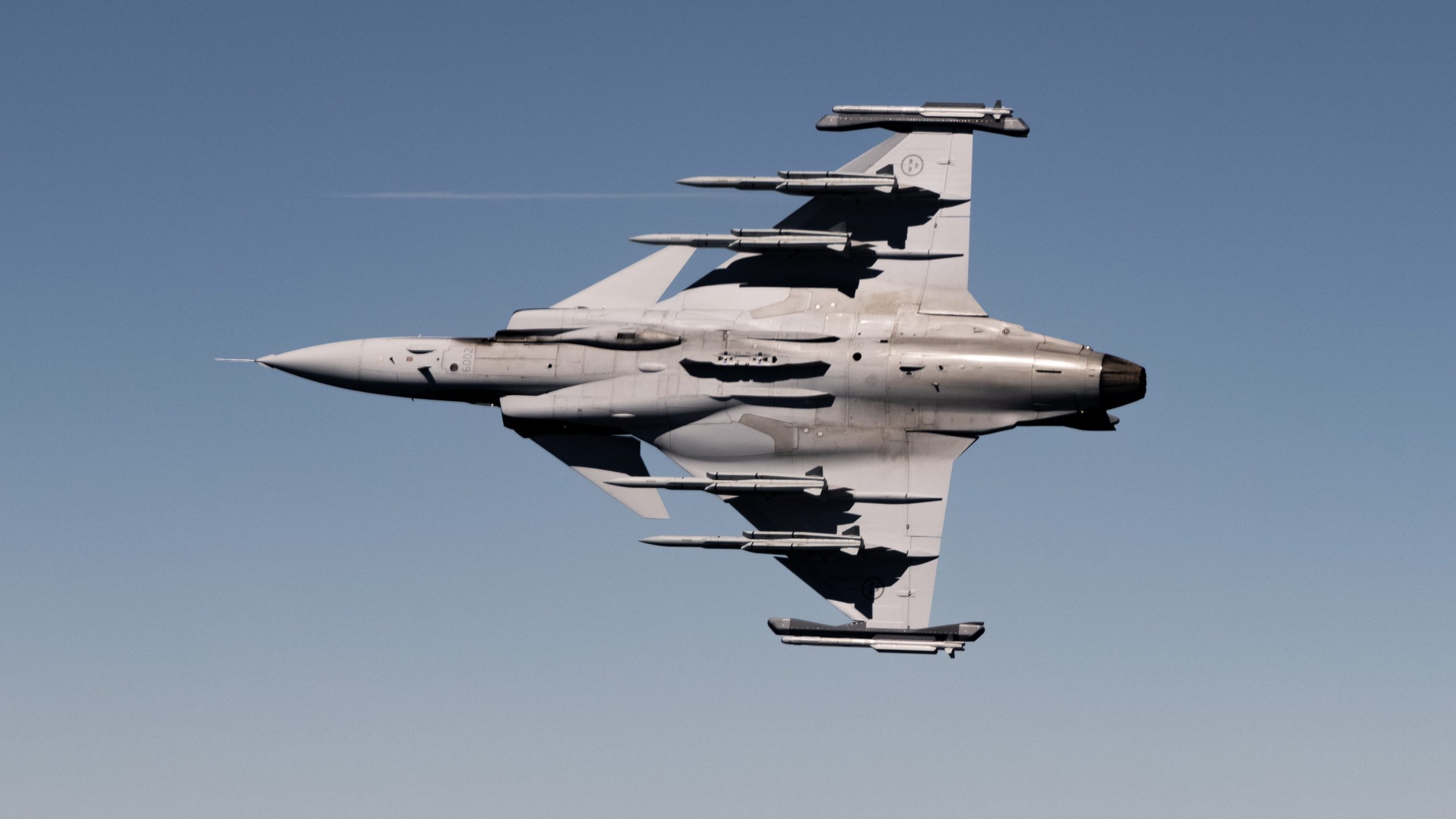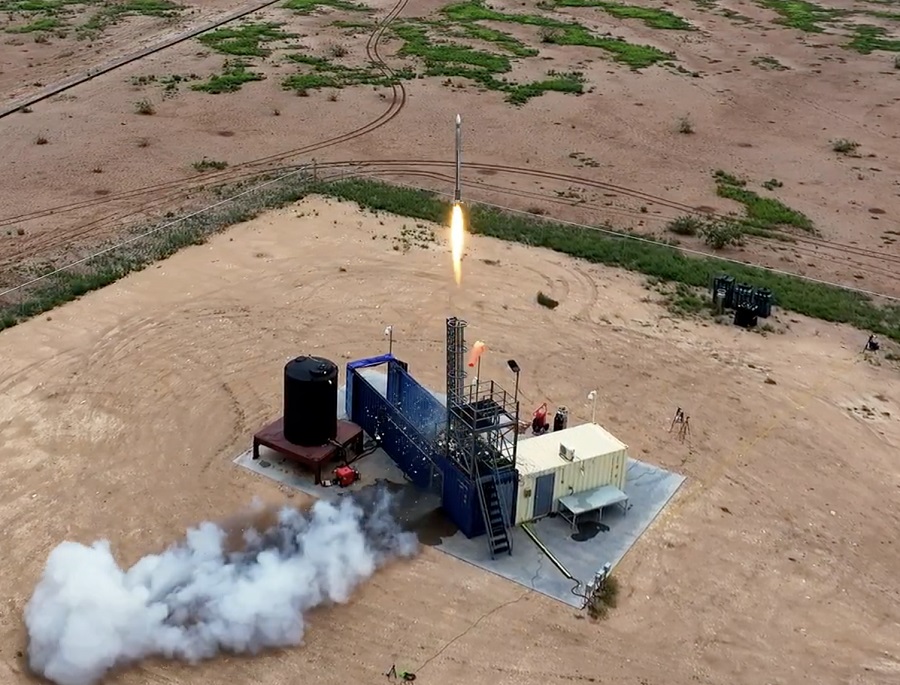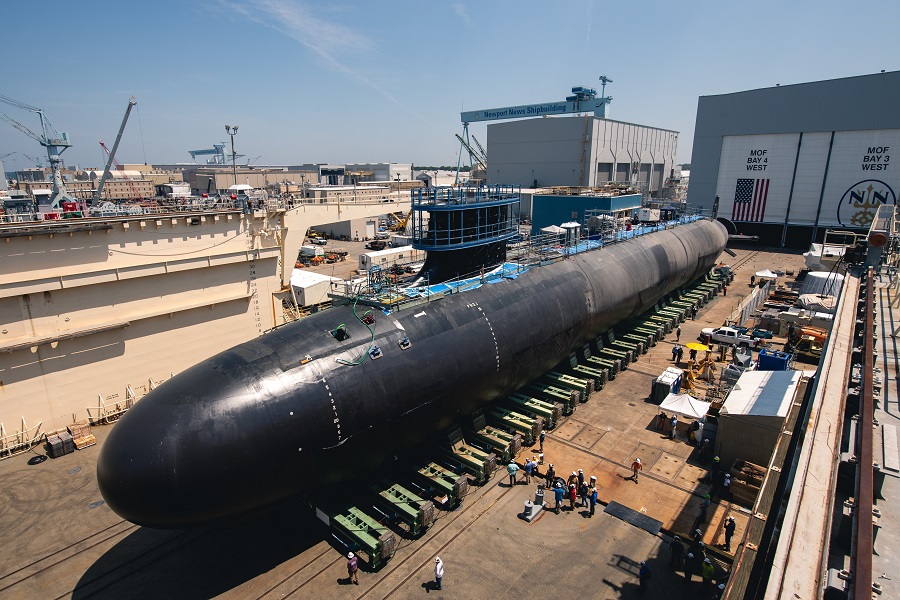Minsk maintains that developing its own weapon system capable of carrying nuclear warheads should ensure national control over such an arsenal. The challenge, however, would be integrating new warheads into the Polonez missiles, and no partner for their development has yet been named, although Russia is viewed as the most probable supplier.
Currently, Belarus hosts storage facilities for Russian nuclear weapons, but these remain fully controlled by Moscow. “The considered arming of Polonez is a response to the development of rocket systems by NATO,” Walfowicz stated.
Such a step would breach international non-proliferation agreements and could prompt the international community to further isolate Belarus and impose additional sanctions. The Polonez system entered service with the Belarusian armed forces in 2016, with its first live-fire test held in 2017.
It is based on the Chinese A200 rocket system, while the launchers are mounted on Belarusian-produced MZKT chassis. In its basic version, Polonez missiles have a range of 200 km, guided with an average error margin of 30 metres, and each vehicle can carry up to eight rockets in containers.
In 2019, new projectiles with a 300 km range were developed, though in this version each launch vehicle can transport only two missiles. The potential integration of nuclear warheads into these systems would mark a significant escalation of Belarus’s military capabilities.




